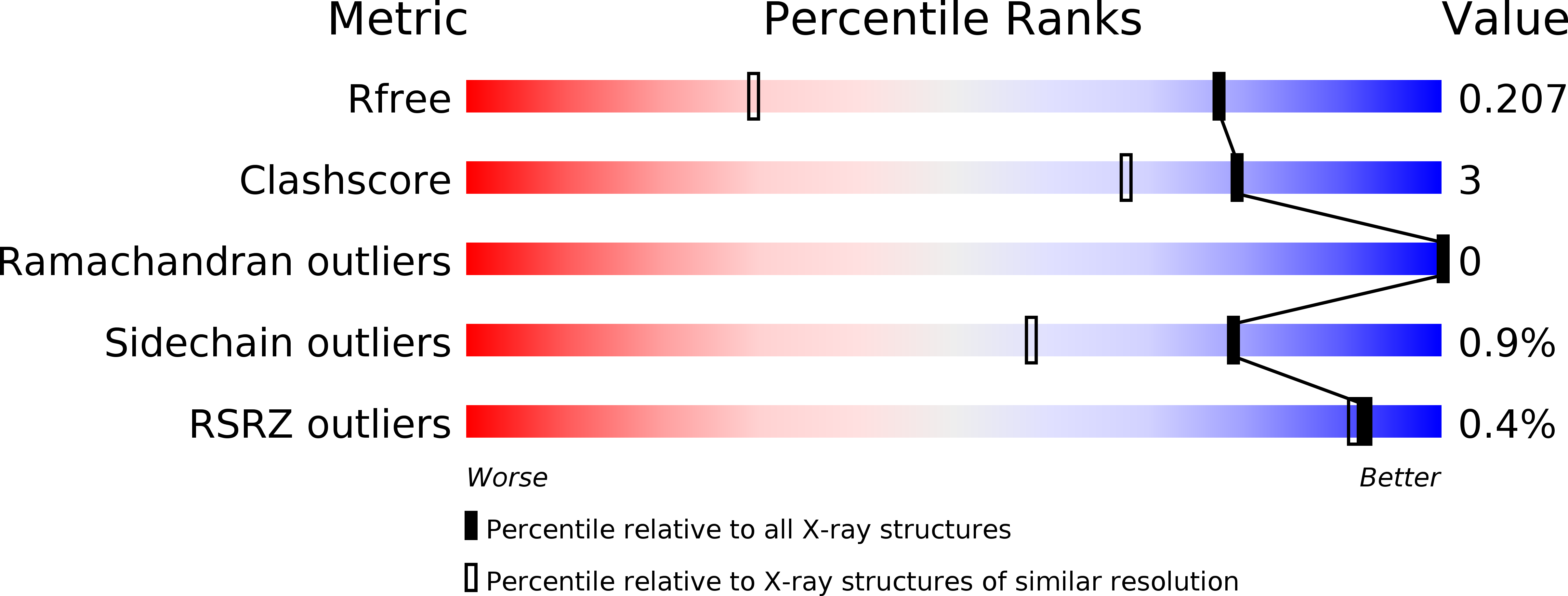
Deposition Date
2006-04-27
Release Date
2007-06-12
Last Version Date
2024-11-13
Entry Detail
PDB ID:
2GTE
Keywords:
Title:
Drosophila OBP LUSH bound to attractant pheromone 11-cis-vaccenyl acetate
Biological Source:
Source Organism:
Drosophila melanogaster (Taxon ID: 7227)
Host Organism:
Method Details:
Experimental Method:
Resolution:
1.40 Å
R-Value Free:
0.20
R-Value Work:
0.17
R-Value Observed:
0.17
Space Group:
P 21 21 21


